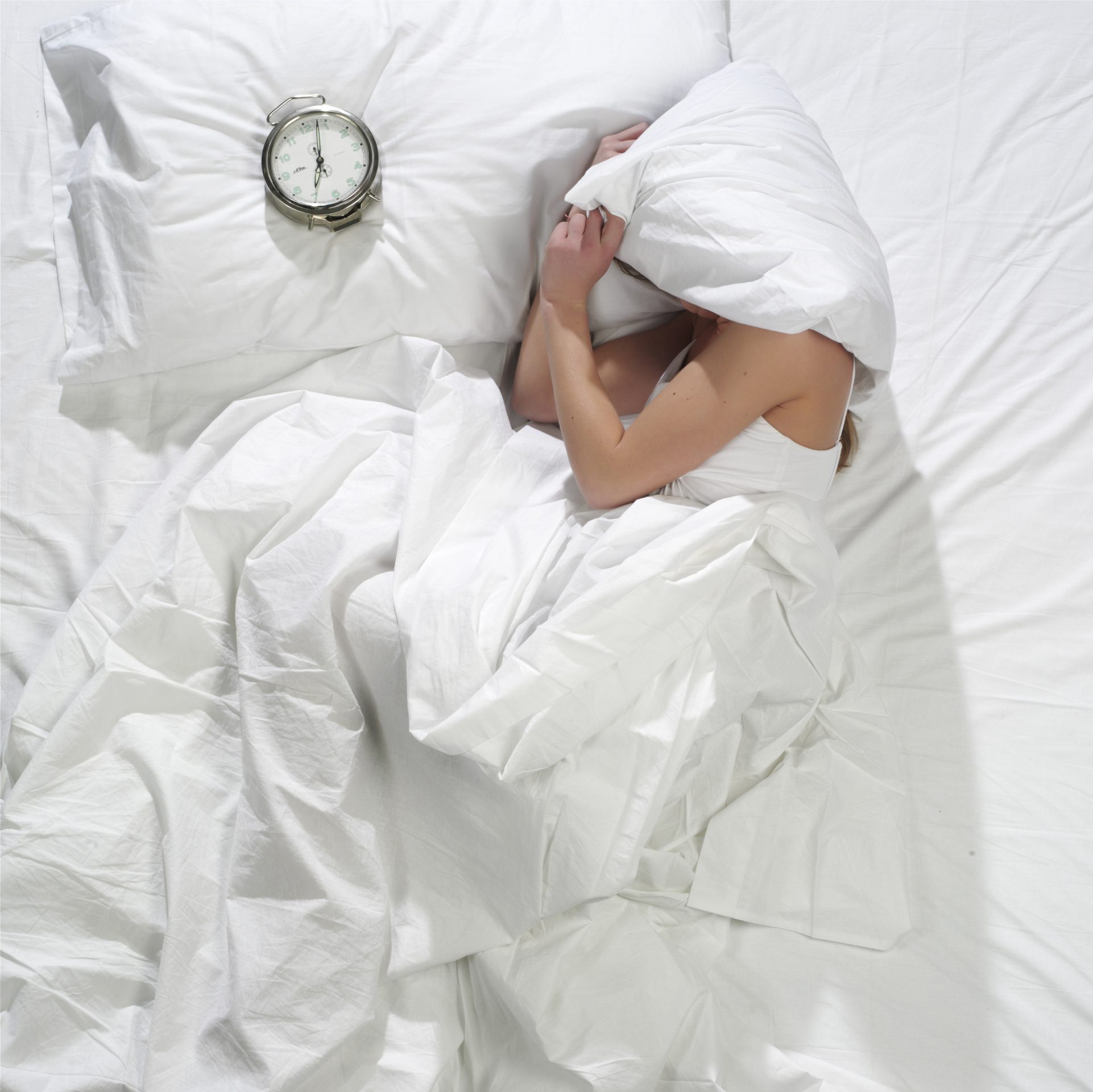
Feb 5, 2016 | Hope & Recovery
This fact could not have been made clearer than in a conversation with Theresa Russell*, who agreed to talk about how heroin has touched her life.Theresa began by handing over a list of six people’s names, their ages, and the dates of their overdoses and deaths. She...

Jan 22, 2016 | Understanding Mental Illness
Depression has been called having “the blues”, “feeling down”, “sad” or “in the dumps” but that doesn’t begin to cover what depression is and does. Depression affects the body, mind and spirit. It can be devastating and life changing. It affects not only the person’s...

Jan 8, 2016 | Tips for Healthy Living, Understanding Mental Illness
For some people, the shorter days of the fall and winter months bring with it an increase in depressive symptoms. This type of depression has been called Seasonal Affective Disorder (SAD). It usually impacts people during the change of seasons when there is a...

Nov 5, 2015 | Tips for Healthy Living, Understanding Mental Illness
Daylight Savings Time began on November 1st this year. The first Sunday of the month. There are over 70 countries all over the world that use Daylight Savings Time. That means that over a billion people are affected by the changes in time twice a year! Not only that,...





